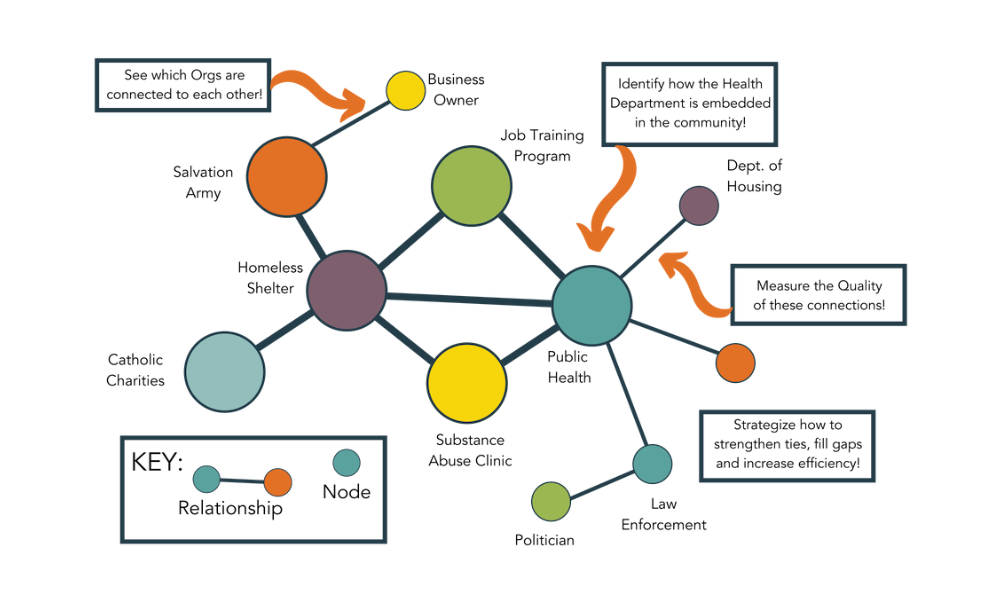Imagine a vast city of interconnected bridges and highways, where information flows like traffic. Some intersections are ordinary — cars pass through without pause. Others, however, are vital — the kind of junctions where every route seems to converge. These are the places that control the flow, where a single block can create gridlock across the city. In the digital or organisational world, betweenness centrality identifies these very intersections — the gatekeepers who control the flow of communication, ideas, or processes.
Just as traffic engineers use analytics to understand bottlenecks, data professionals use this measure to trace influence in networks — whether people, systems, or data pipelines. The insight gained can transform the way organisations allocate resources, plan communication strategies, or improve collaboration efficiency.
Understanding the Hidden Paths of Influence
Every organisation is a living network of people, tools, and information systems. Messages, approvals, or updates move along these invisible highways. Yet, not all roads are created equal. Some employees or systems naturally emerge as connectors — the people who bridge departments or the tools that link diverse datasets.
Betweenness centrality quantifies this unseen power. It calculates how often a node (a person, a system, or a dataset) lies on the shortest path between others. The higher the value, the more control that node has over the flow of information. Picture a project manager who constantly mediates between teams — not because they’re in charge, but because everyone depends on them for coordination. They might not have a formal title of authority, but they are the backbone of progress.
In practice, identifying such nodes allows organisations to reduce bottlenecks, improve communication chains, and build more resilient structures. It is this depth of analysis that attracts learners to advanced Data Analytics classes in Mumbai, where such real-world models become powerful tools for decision-making.
Betweenness Centrality as Organisational Cartography
Think of betweenness centrality as a cartographer’s compass — drawing maps not of geography, but of relationships. Traditional hierarchies show who reports to whom, but centrality maps reveal who truly connects the organisation.
For instance, in a customer service workflow, an issue might pass through several departments before resolution. If one analyst or system is disproportionately involved in routing those requests, they become the “bridge” of the process. If they’re overloaded or unavailable, everything slows down.
By visualising this through a network graph, organisations can pinpoint who holds the most strategic position for collaboration or risk. This method doesn’t just apply to people; it can also reveal data dependencies in technical systems. In DevOps or data pipelines, a single API might sit at the intersection of multiple processes — a minor fault in it could ripple through the entire infrastructure.
Just as explorers once used maps to find trade routes, analysts now use betweenness to discover pathways of efficiency and influence in the digital world.
The Gatekeepers and the Hidden Risks
Gatekeepers, while invaluable, are double-edged swords. Their centrality makes them both powerful and vulnerable. When over-relied upon, they become single points of failure — much like a bridge that carries too much weight.
In human networks, this might mean one person constantly being asked for approvals, slowing down workflows. In process automation, it could be a server or microservice that processes every transaction. Betweenness centrality shines a light on these potential choke points before they cause breakdowns.
By redistributing responsibilities or creating alternate communication channels, organisations can reduce dependency risks. This data-driven approach isn’t just about efficiency; it’s about resilience — ensuring that no single point of contact can cripple the system. Such problem-solving frameworks are explored in Data Analytics classes in Mumbai, where real corporate network data often serves as case studies to uncover structural weaknesses and optimize flow.
From Metrics to Meaning: Applying Betweenness in Real Scenarios
The beauty of betweenness centrality lies in its adaptability. It’s not confined to social media analysis or corporate communication — its roots stretch across multiple domains.
In healthcare, it helps identify critical contact points in disease transmission networks. In finance, it highlights influential traders whose actions shape market trends. In project management, the focus is on employees who facilitate cross-functional collaboration.
Even in digital platforms, betweenness metrics help determine which influencers act as bridges between niche communities. They might not have the most prominent follower counts, but their position gives them unmatched power in shaping trends and spreading information.
Ultimately, this metric shifts our perspective from counting connections to understanding control over connections — from visibility to influence. It’s a reminder that in any system, power doesn’t just belong to those with the most links, but to those who link the most others.
Conclusion: Finding the Architects of Flow
In the grand architecture of networks — whether social, technical, or organisational — the bridges matter as much as the towers. Betweenness centrality gives us the blueprint to find those bridges: the hidden heroes who connect, coordinate, and control the pulse of processes.
Identifying them helps institutions balance workloads, prevent bottlenecks, and design fairer systems. But more importantly, it teaches a universal truth — influence is not about visibility, but about connectivity. The best leaders, systems, and tools are those that quietly hold the network together, ensuring ideas, data, and progress move seamlessly across the organisation.
Through the lens of this metric, we learn to see organisations not as rigid hierarchies but as living ecosystems of interdependence. And in that view, every connector — every bridge — becomes a story of influence, collaboration, and resilience in motion.


